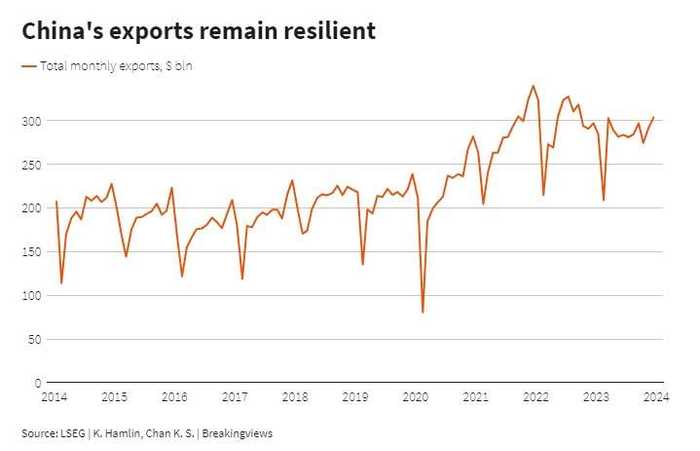Published 21:44 IST, January 17th 2024
BP’s business-as-usual vibe can only go so far
Murray Auchincloss' elevation removes a nagging sense that the company is adrift.
- Republic Business
- 3 min read

Murray stint. BP has solved its first problem. The $98 billion UK oil major on Wednesday appointed interim Chief Executive Murray Auchincloss to the top job permanently, after a four-month leadership vacuum that followed Bernard Looney’s sudden exit. The elevation of the 53-year-old Canadian, a two-decade BP veteran, removes a nagging sense that the company is adrift. But it would be better if Auchincloss’s commitment to stick with Looney’s strategy – entailing cutting oil and gas output and hiking spending on energy transition assets – only goes so far.
BP shares’ 1% dip over the last six months compares to a 5% and 16% jump for European supermajor rivals Shell and TotalEnergies. More importantly, the group trades on only 3 times the next 12 months’ cash flow, compared to Shell’s 4 times and Exxon Mobil and Chevron’s around 7 times, LSEG data show. This disconnect has persisted for some time, suggesting that a business-as-usual approach may not fix it.
Auchincloss will be aware that BP’s discount makes it a target. Hence a radical solution might be to seek a defensive merger with the likes of $92 billion Equinor. But one of BP’s key headaches is that some of its investors liked Looney’s embrace of so-called transition engines – electric vehicle charging assets, biofuels, wind, and solar – while others would prefer the group further scaled back its exit from fossil fuels.
One way to address the valuation and strategy disconnect might be to split off the transition engines. Rapid growth means that the company reckons these assets’ $1.4 billion of EBITDA in 2023 could jump to $4 billion in 2025. On 7 times that year’s EBITDA, the valuation implied by Italian peer Eni’s recent sale of a similar bundle of transition assets, BP’s would be worth about $30 billion.
BP thinks it can make up to $45 billion of EBITDA from its remaining business, mostly legacy oil and gas production and trading, in 2025. Strip out the transition assets from its current $120 billion enterprise value, which includes net debt, and that would imply the legacy business trades on just 2 times 2025 EBITDA. Alternatively, if the company could get a valuation for this arm of 3 times, BP would be worth $165 billion including debt.
Such multiples don’t seem impossible. U.S. investors’ obsession with fossil fuels partly explains why Exxon and Chevron trade at such high levels. BP may therefore be able to get higher valuations for its legacy oil and gas business if Auchincloss opted for a New York listing of its operations in Texas and Louisiana, bpx energy.
BP’s new broom may still see all this as too risky, and too much hard work. After all, his main short-term objective is probably a period of minimal turmoil. But infrastructure-obsessed blue-chip investors might be interested in taking stakes in the transition arms of oil majors, a source familiar with the situation told Breakingviews, and that might drive confidence in a spun-out greener entity. Longer-term, Auchincloss should be aiming for something more ambitious than yet another share buyback.

Updated 21:44 IST, January 17th 2024